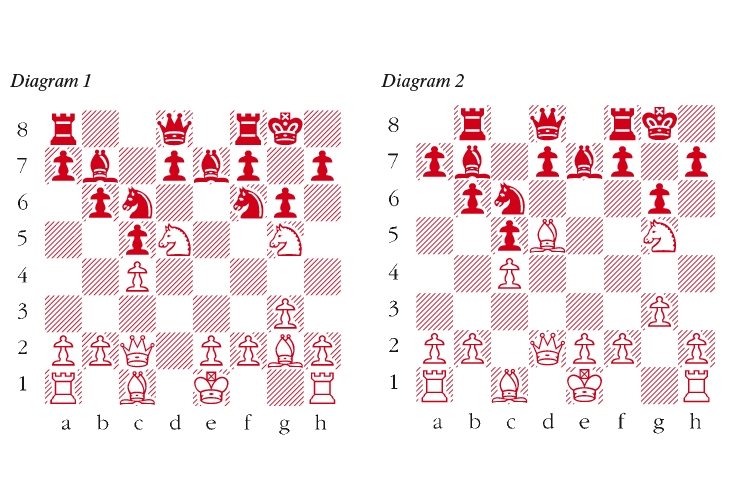Viktor Korchnoi is the subject of a poignant new book from the distinguished pen of the Dutch grandmaster and former Soviet emigré Genna Sosonko. The title Evil Doer (published by Elk and Ruby) refers to the damnatio memoriae meted out by the USSR after Korchnoi’s very public defection to Amsterdam from the socialist paradise in 1976. Thereafter, Korchnoi combined the pursuit of a successful chess career, including two challenges for the world title, with the life of a persecuted traitor to the anointed heirs of Marx, Lenin and Stalin.
As a fellow ‘betrayer’ of the Soviet chess empire, Sosonko is well placed to chronicle the inner emotions, haunting fears and occasional huge triumphs of one of the most prominent personalities ever to defect. Although his book is a factual account, Sosonko has a prose style which puts him in the tradition of other literary giants who have depicted the internal workings of the chess mind and psyche in fiction. I am drawn to comparisons with Stefan Zweig’s Schachnovelle, Vladimir Nabokov’s The Defence, or even Elias Canetti’s Auto da Fe. For me, this is the supreme award-winning chess book of 2018.
This week, a game and a puzzle illustrating the vicissitudes of Korchnoi’s relationship with his ultimate chessboard nemesis, Anatoly Karpov, who, in contrast to Korchnoi, was the golden boy of the Soviet chess establishment.
Korchnoi-Karpov: Candidates final, Moscow 1974; Queen’s Indian Defence
1 d4 Nf6 2 Nf3 e6 3 g3 b6 4 Bg2 Bb7 5 c4 Be7 6 Nc3 0-0 7 Qc2 c5 8 d5 exd5 9 Ng5 Nc6 In an earlier game from the match Karpov had tried 9 … g6, but it is not clear that his move here is any improvement. 10 Nxd5 g6 (see diagram 1) 11 Qd2 The most effective method of transferring the queen towards the dark-squared weaknesses around the black king. 11 … Nxd5 This is a weak move. Admittedly, White’s knight was strong on this square but the bishop proves to be even more effective. Much better was either 11 … Rb8 or 11 … Na5. 12 Bxd5 Rb8 Karpov completely overlooks White’s main intention. He could instead have gone in for liquidation with 12 … Bxg5 13 Qxg5 Qxg5 14 Bxg5 but the endgame would be much better for White. 12 … Bf6 is also possible but White has a strong attack after 13 h4 (see diagram 2) 13 Nxh7 Re8 Tantamount to resignation but the acceptance of the sacrifice is also hopeless, e.g. 13 … Kxh7 14 Qh6+ Kg8 15 Qxg6+ Kh8 16 Qh5+ Kg8 17 Be4 f5 18 Bd5+ and Black will be mated. 14 Qh6 Ne5 15 Ng5 Bxg5 16 Bxg5 Qxg5 17 Qxg5 Bxd5 With the threat of … Nf3+ which White brushes aside by castling. 18 0-0 Bxc4 19 f4 Black resigns
Raymond Keene
Viktor the Terrible

issue 16 June 2018




Comments